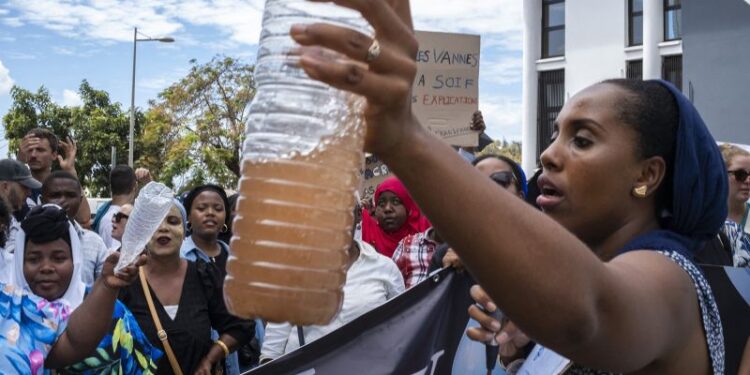The population of a small island in the Indian Ocean is facing a water crisis that’s quickly escalating. During an intense season of drought, the island of Mahe in Seychelles is facing the possibility of running out of drinking water.
The scarcity of water in Mahe is forcing many of its inhabitants to not just ration their use of water, but to find alternative sources of drinking water. Unfortunately, neither the infrequent rains nor the island’s natural springs and streams have been able to provide enough sustenance for the population or restore the eight depleted wells. In order to survive, the people of Mahe have had to use rainwater harvesting, tanks, and bottled water shipped from the mainland.
Though the government continues to employ search-and-rescue missions to provide emergency aid, they’ve had difficulty finding long-term solutions due to the prohibitively high cost of water desalination, water infrastructure, and water transfers from other areas.
For the people of Mahe, this is more than just an inconvenience––it’s a matter of survival. With the expense of relying on clean imported water, as well as prolonged exposure to the current drought conditions, the consequences for the Mahean people are only increasing.
Though the water crisis in Mahe has been growing in severity, there are still extensive steps being taken to try and provide the population with better access to clean water. Organizations such as the Seychelles National Environment Foundation are leading an effort to provide water security through green infrastructure solutions, while simultaneously working to promote better water conservation and preservation on the island.
The people of Mahe will need all the help they can get if they’re to have a chance in this fight for water. As the drought continues, the island’s population grows more and more desperate, hoping desperately for a reliable source of clean drinking water for the foreseeable future.

















